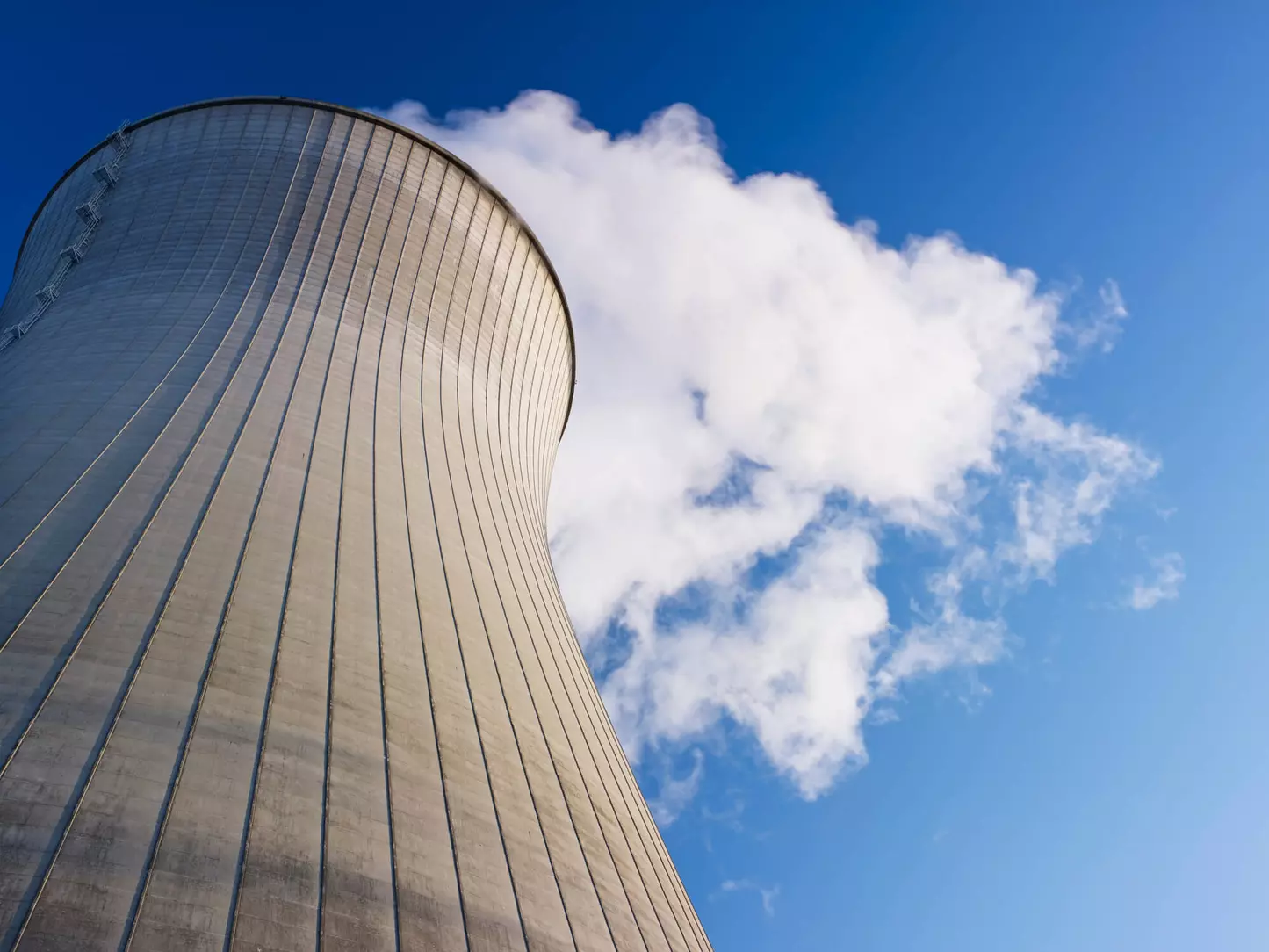The energy crisis caused by the Russian-Ukrainian conflict and the impossibility of fully supplying the energy shortage through renewables has given nuclear power a 'new season' in Europe. In Italy, where the atom was banned in the 1987 referendum, the debate was reopened. Should we return to this source of supply? At what level of development are we compared to the past? How long would it take to build a new Italian nuclear industry? The debate is lukewarm, the new government has only recently taken office, but there is no shortage of avenues that could pass through the atom. Chicco Testa, author of the book 'Going Back to Nuclear Power' and former president of Legambiente and Assoelettrica points out possible and feasible ways and a solution to have nuclear energy available in Italy in a short time.
How has nuclear power changed in recent years?
“We are in another dimension. It is wrong to compare the old and the new nuclear power because atomic technology is constantly evolving and therefore we can safely say that any considerations made in the past about the risk-benefit ratio of this energy source must be revised”.
What is the situation in Europe?
“Currently, nuclear energy accounts for 25 per cent of total electricity. The countries that were already using it, but decided to invest more in it are France and the UK. Belgium has turned around and decided to go back to the atom, Germany has decided not to decommission any more power stations, and the Eastern countries are building new ones”.
And in Italy? What chance do we have?
“We have to start from scratch and choose which technology to adopt”.
What options are available?
“There are the Small Modular Reactors (SMR), the fourth generation nuclear technology. They are smaller and could therefore be used in series at a lower cost. They are small reactors, under 300 megawatts of power, derived from the engines of submarines and atomic ships (a conventional nuclear power plant reaches up to 1,600 MW). There are various types and with various technologies, but the common trait is that they are small and compact. Above all, modular mini-reactors allow the use of unconventional fuels that last longer and thus reduce waste production. Then there are all those projects that no longer rely on fission, but on fusion. A major innovation since it produces totally clean nuclear energy without waste. In this regard, there are several projects under way in France (ITER project), but there is talk of development in 20-30 years”.
To be excluded then?
“Italy's Eni and the Massachusetts Institute of Technology (MIT) are collaborating on the study of a similar solution that is also based on fusion and could produce the first prototype in 2025, for commercialisation in 2030. It would be revolutionary”.
Is fusion safer?
“Yes, it is a paradigm shift, fission plants are based on chain reactions that amplify the energy and thus the heat produced, if not properly controlled. A fusion plant, on the other hand, does not run the risk of accidents related to a loss of control of the reaction”.
Has the current crisis changed the way Italians view nuclear power?
“The issue of energy supplies and costs is a very serious problem and the public has realised that we can no longer be 80% dependent on fossil fuels or a few suppliers. This policy entails enormous costs that the citizen no longer wants to bear”.
Are there also environmental reasons to support nuclear power?
“If we want to achieve Net Zero by 2050, we cannot do it with renewables alone, we must also plan for a nuclear quota, which ideally I would see at 20 per cent. We have to reduce the energy risk with great diversification, but we have to do this now because I see a possible development for nuclear power in ten years' time”.
Are there quicker solutions that you see in this emergency phase?
“We could take an example from the Italian steel mills that are negotiating agreements with Slovenia to have nuclear power from their plants. We could enter into country-level agreements with France to import nuclear energy perhaps entering into a consortium in their development projects”.
